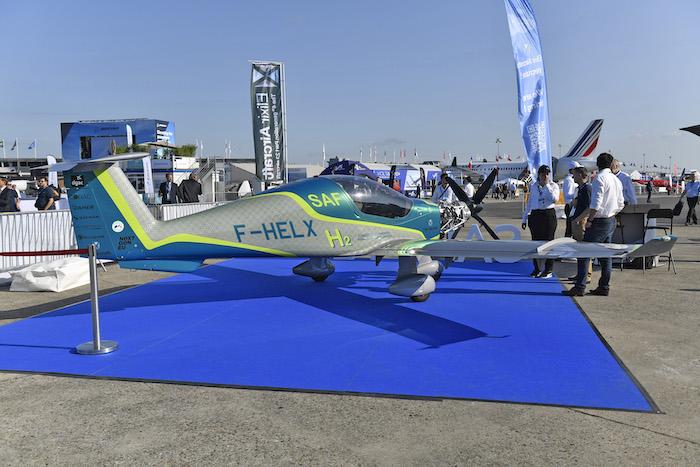
Credit: Mark Wagner/Aviation Images
French training aircraft manufacturer Elixir Aircraft plans to fly a turboprop-powered version of its two-seater by year’s end, as part of its road map to reduce emissions by enabling the first use of sustainable aviation fuel (SAF) and later liquid hydrogen. An Elixir is on display here at the...
Subscription Required
This content requires a subscription to one of the Aviation Week Intelligence Network (AWIN) bundles.
Schedule a demo today to find out how you can access this content and similar content related to your area of the global aviation industry.
Already an AWIN subscriber? Login
Did you know? Aviation Week has won top honors multiple times in the Jesse H. Neal National Business Journalism Awards, the business-to-business media equivalent of the Pulitzer Prizes.
